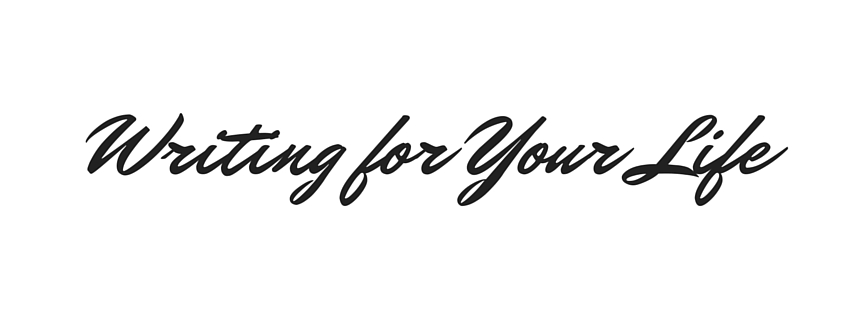In this article Angela Scheff from the Christopher Ferebee Agency interviews several amazing authors—Lisa Whittle, Jonathan Merritt and Leeana Tankersley—who describe their writing process and how it has changed over time.
WHAT IS YOUR WRITING PROCESS LIKE? HAS IT CHANGED FROM BOOK TO BOOK?
LW: It always starts in the same way: a thought, something I’m learning, or a recurring theme in my own life, research online through social media and a blog (to see if people are feeling the same way or have the same need or issue), building the structure of the book (title and chapters), taking notes on my phone from daily thoughts, observations and inspiration from the Lord as they come, randomly, plugging it into the book, then going back through, reading for flow, saying it better, and general editing.
I’m a stretched mom of three with a busy speaking schedule and daily life, so when I write depends largely on the season (for example, summer with the kids at home is a hard time for me to keep a strict writing schedule). I’ve learned to write fast when I have a dedicated chunk of time, and thankfully, the Lord has been faithful to show up with the inspiration much of the time.
But I’ve also experienced what every writer has at one time or another—the dreaded writer’s block, which I’ve learned to embrace and wait for a better day with better words instead of pushing something that isn’t going to work, anyway.
This has always been my process, though the initial thought has been sparked in different ways and under different circumstances. I can honestly say I’ve never gone into a book with the thought, “I’m going to write a book.” It’s always a spark in my heart and mind that eventually turns into a book, based on what I sense others also need to hear.
JM: It has definitely changed over time. I’ve really moved from a “concept-driven” approach to a “content-driven” approach. That is, I try to start with the content I have—stories, points, thoughts, experiences—and form a book out of that. I used to start with an interesting concept and then go find content to fill in the gaps. Most writers I meet have concept-driven processes for books, but those books are far more difficult to write.
LT: I’ve learned how to hold my own hand through the writing process, developing tricks that work well for me. Here are a few:
– I always pre-arrange assignments with myself.
I never sit down at my computer without pre-arranging an assignment with myself first. If I don’t have an assignment before I sit down, I will waste so much time and energy getting started that I will exhaust myself before I’ve even begun.
I have material, noticings, stories, snippets, phrases, ideas I have collected and I know which one I’m going to tackle before I even sit down. Whether I am writing a chapter for a book, an article for a magazine, or a blog post, I do not sit down without a starting point. It’s just too painful and agonizing and depressing to sit there trying to come up with something that will not arrive. This is a great way for me to sabotage myself and the process.
So, I identify one story I’m going to write that day. Or I identity one concept I want to explore. I use my writing time that morning to get as far as I can on my assignment. Often that will lead to the next assignment.
– I compose and edit separately.
I compose on my laptop and I edit on a hard copy. I am a major disciple of composing and editing as completely separate steps. In fact, I’ve been told these two parts of the writing process call on different sides of the brain, so it makes sense that it would be highly troublesome to try to do them both at the same time.
I’ve become more disciplined, over time, about composing as freely and openly as possible, knowing I will come back later with the paper and pen. I find it incredibly satisfying to reward myself for composing by getting a fabulous pen for editing. Bribing is also a major part of my process.
– I get the book in front of me visually.
Books need both a big idea and content to support that big idea. I have found that if I don’t work on establishing both of those elements, I lose my way and the process becomes convoluted. So I use sticky notes to write down the big idea holding the book together and then I write one sticky note per idea or story that will support the big idea. I fill the sliding glass doors in my dining room with these sticky notes and then I pull one off and that sticky note becomes my assignment for the day.
This process has helped me see the entire book in front of me, allowed me to arrange and rearrange easily, and has provided bite-sized assignments that feel doable and never leave me staring at a blank screen (which = death, if I haven’t already mentioned that).
The biggest difference about my process now, having recently released my third book, compared to my process with my first book is that I panic less now. I’m not saying I am free from panic, but I trust the process more now. I know that I have an incredible team around me that wants to help my work find an audience, and I know that I can get a book done. I know where I’m going to face murkiness, pitfalls, detours, and frustrations. And I try to get help when I’m hitting up against those places.
